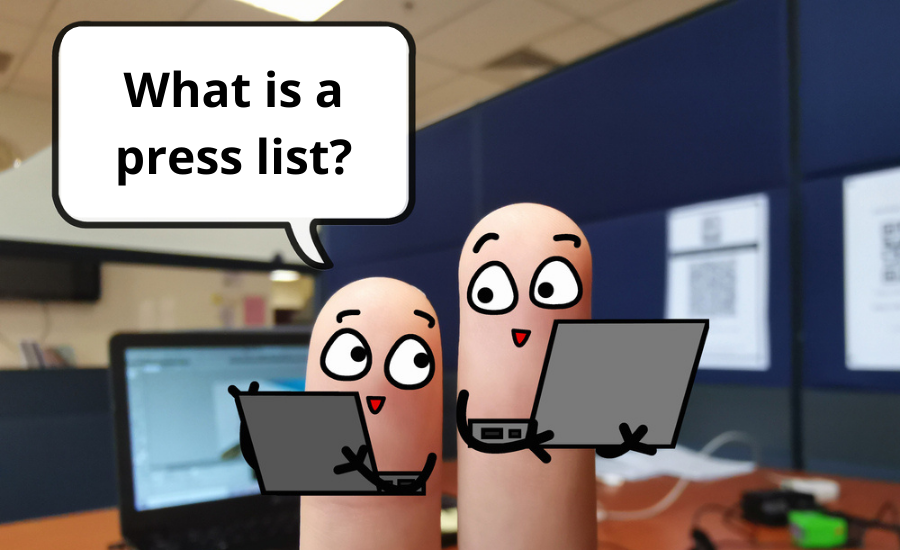
What is a press list? It’s a list of publications you would like to get coverage in.
Sounds pretty straightforward, but there are a number of key criteria you need to consider before you start assembling your list.
1: Are these publications read by your target audience?
The national dailies and high profile glossy magazines may be good for your ego, but if the majority of their readers are not your target audience it’s going to be an uphill struggle getting noticed.
This means you need to do some research into what your target audience actually read. It might be their association or institute journals or a specialist publication for their industry. Some people will read printed publications, while other prefer digital. Be aware of which format your publications appear in, some only one or the other, some both.
If you’re considering print advertising as part of your marketing investment a decent publication will have demographics for their regular readership. If someone is going to spend money they want to know the details. If you’re going to invest time and effort you need the same information.
2: How important are circulation figures?
If you’re comparing a big national daily with a circulation of millions with a niche industry journal reaching only a few thousand, it can be tempting to go for the quantity. However, if you have a very specific audience, there’s no guarantee that many of them will read the national daily – regardless of how many pairs of eyes see it. If they’re not the right eyes, it’s irrelevant.
Quality over quantity every time.
3: What kind of material does each of your target publications feature?
If they don’t have an ‘industry news’ section with short snippets, you’ll find getting a mainstream press release published hard work. Especially if you’re servicing that industry, not directly part of it. It will have to be something pretty ground-breaking to get noticed by the editor.
However, if they publish useful knowledge-based items or expert advice pieces you might have a better chance of getting into print.
4: Have you spoken to the relevant editor?
Don’t guess and submit unsolicited items. Get in touch with the editor (for bigger publications you’ll need to contact the right editor – business, finance, features, etc.) For most industry publications the team is often fairly small and may be a commissioning editor and some freelancers.
You’ll need to find out if they take content from external sources – or your efforts will be wasted. You’ll also need to know their lead times – and stick to them. With printed monthly publications the deadline may be as far back as 2 months before publication date. Often the June issue is published at the end of May and the deadline will be mid-April – but every publication is different, make sure you know how they work.
Online publications may not have a deadline as such as they often publish articles daily.
Never phone a publication unless you’ve read two or three copies of their magazine and understand their content and style. It’s good practice to have two or three article titles with a short description ready as they’ll want to know what kind of article you’ll submit.
5: Play by the rules
If you’re writing articles for one magazine, don’t submit the same item to another magazine or your credibility will go out of the window.
Keep your press list manageable and maintain your contacts – that means you need to keep up with what they’re publishing on a regular basis so your article suggestions are on target.
Dozens of publications are difficult to manage so cherry-pick your top 10 or so and only add another one when you’ve eliminated one of those.
You’ll need to submit reasonable well-written articles so, if writing isn’t your thing you could engage a professional copywriter to work with you.
If it all sounds like too much work, outsource the job to a professional PR agency. They may already have relationships with your industry press and can jump-start your press coverage.
